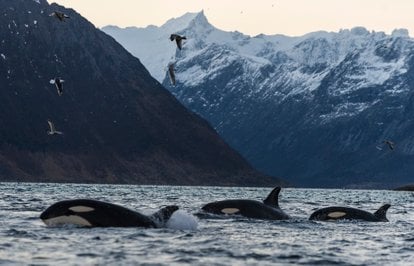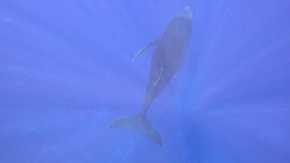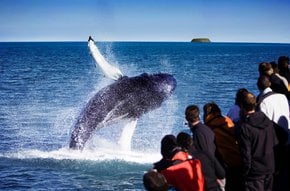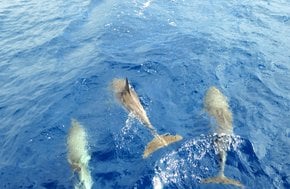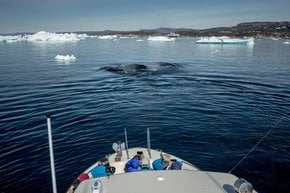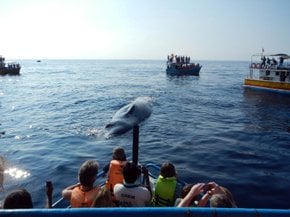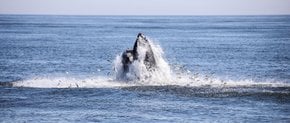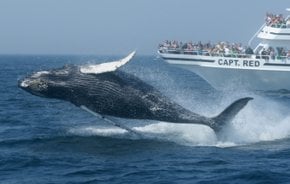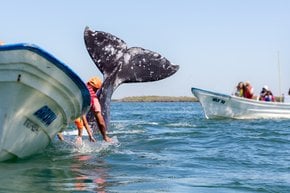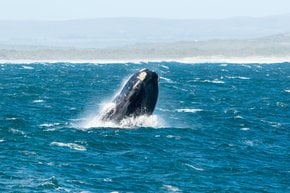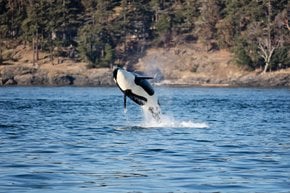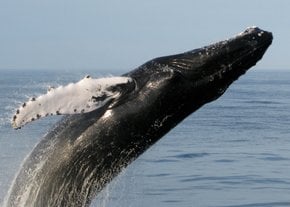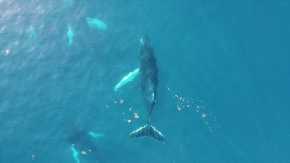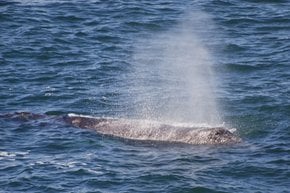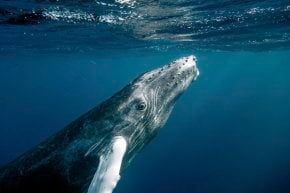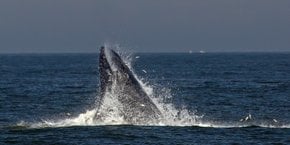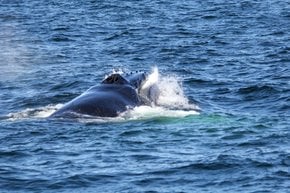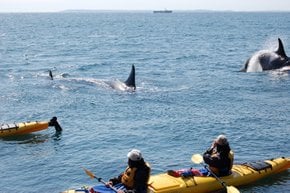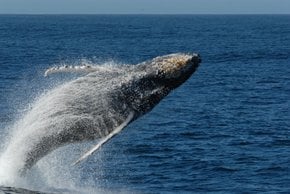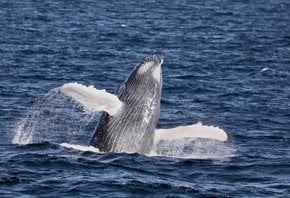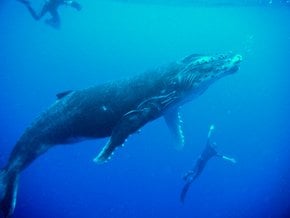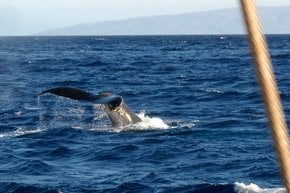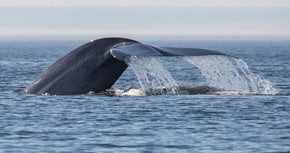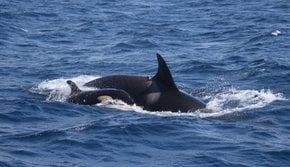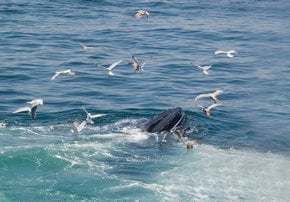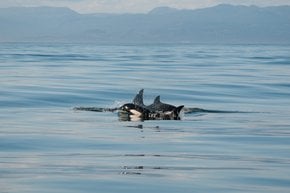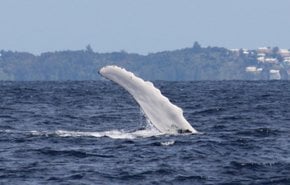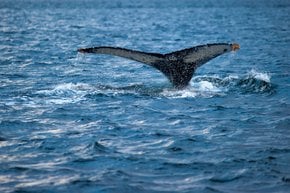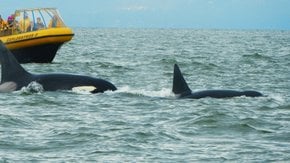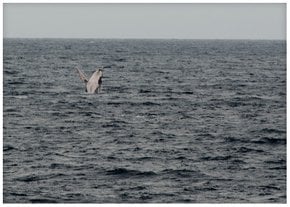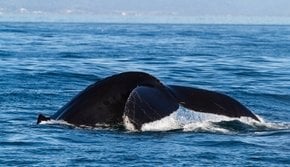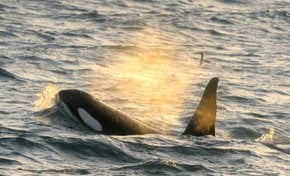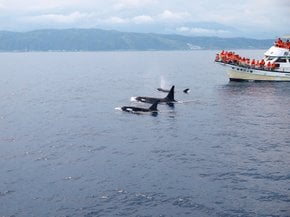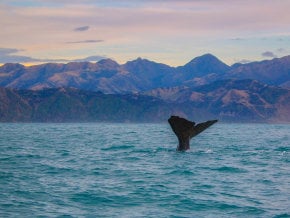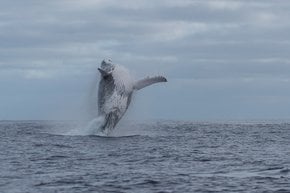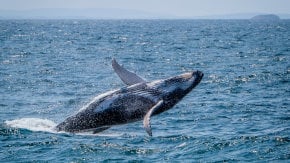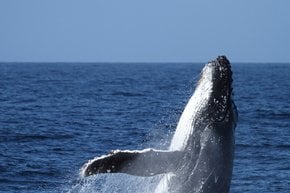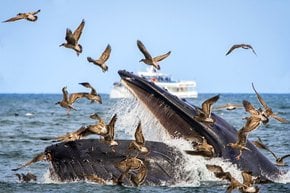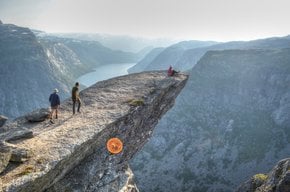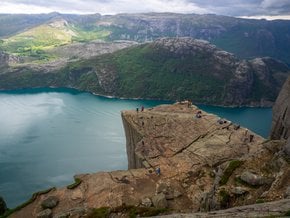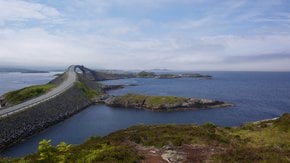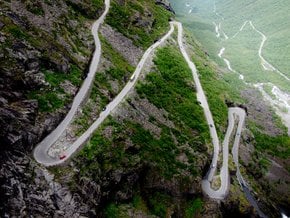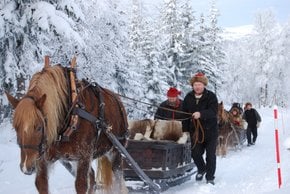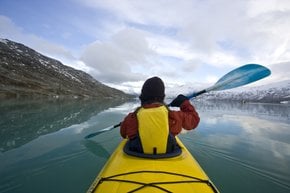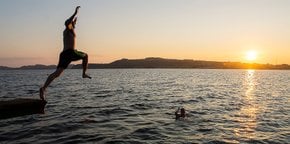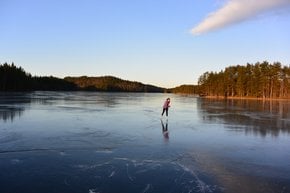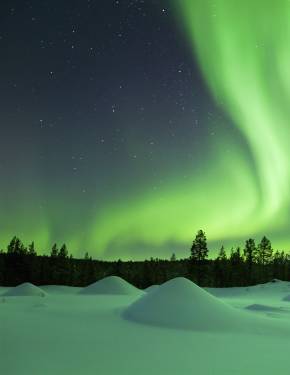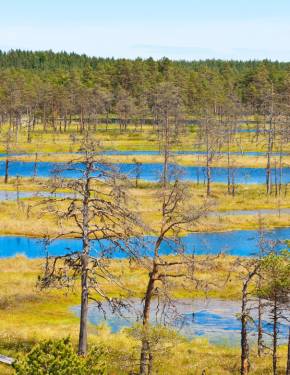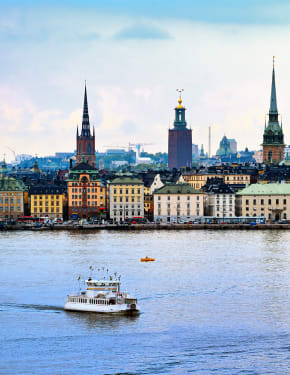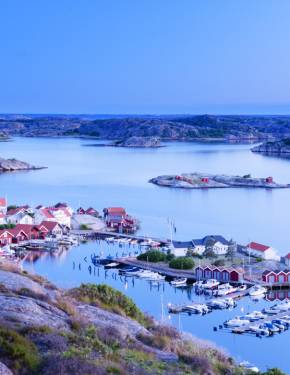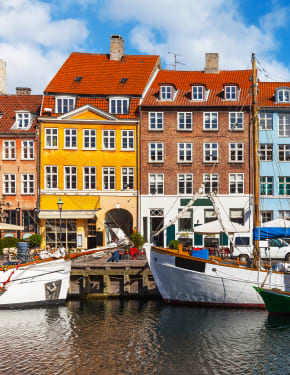Whale Safari in Norway 2025-2026
Meet these honored sea creatures in person on the Norwegian Arctic whale tours
Best time: June–August | November–March
Northern Norway offers a unique whale-watching experience year-round. In winter, orcas and humpback whales fill the fjords, while sperm whales can be spotted in every season. The awe of seeing a gentle giant approach your boat, its massive body gliding smoothly across the water, is truly majestic. Whales often reveal themselves by arching their backs and flipping their tails, creating unforgettable moments for those lucky enough to witness them.
The Best Season to See Whales
The ideal time for a whale safari in Norway is either from June to August or from November to March. During these periods, the waters around the Vesterålen district are warmer, offering an abundance of food for whales and boosting your chances of encountering these majestic animals up close.
Key Whale Watching Locations
Located in Nordland County, Northern Norway, the Vesterålen district is a stunning region of islands known for its fishing villages and rich wildlife. Just north of the Lofoten islands, Vesterålen covers about 2,520 square kilometers and offers breathtaking natural views. Anda Fyr, an uninhabited island near the fishing village of Andenes, is a prime location for observing seabirds, whales, seals, and otters, making it a paradise for photographers and nature enthusiasts.
During mid-winter, migrating herring attract humpbacks, orcas, and fin whales off Northern Norway's coast, particularly in the Lyngenfjord/Alta area. If you're lucky, you might even spot the majestic blue whale in the Svalbard islands.
Whale Safaris in Norway
Explore a variety of whale safaris in Norway, with options ranging from RIB boats to larger vessels and eco-friendly hybrid-electric boats. Prices start at 1,800 NOK per adult per person. Most whale-watching tours last between 2 and 4 hours due to the proximity of the whale fields to the harbor, though longer multi-day tours are also available. Guides, often biologists or students, ensure an informative and enjoyable experience for all guests on board.
Types of Whales in Norway
In the Vesterålen district of Nordland County, whale safaris are a popular summer activity, with breathtaking sightings of various species. While sperm whales are the most commonly spotted, visitors might also encounter pilot whales, humpback whales, killer whales, and minke whales. Though sightings depend on luck and weather, the experience of seeing these majestic creatures makes the wait worthwhile.
Sperm Whales
Sperm whales are the loudest animals on Earth, with their clicking sounds audible up to 3-4 nautical miles away. These champion divers can reach depths of 2,000 meters and stay underwater for up to 90 minutes. After surfacing, they rest for around 8 minutes, making their distinctive blowholes, angled at 45 degrees, easily recognizable. As they dive, their tail rises straight up—perfect for a quick photo! Even when the whales disappear below, there’s still plenty of other incredible wildlife to enjoy.
Whales and Other Marine Animals
During the Norway whale safari, visitors have the chance to spot more than just whales. Expect to encounter puffins, seals, white-tailed eagles, guillemots, cormorants, and dolphins. A visit to Anda Fyr is a must for nature lovers and photographers, as it's an excellent spot to observe a variety of seabirds, sea otters, and even whales.
Whale-Watching Tips
During whale-watching tours, participants must remember they are guests in the whales' habitat and should follow national guidelines applicable to all vessels, including those operated by commercial tour companies. It is crucial to maintain a respectful distance to avoid disturbing or stressing the whales. Activities such as feeding, making loud noises, or using flashing lights to attract the whales are strictly prohibited. Tourists are encouraged to select operators who prioritize marine conservation and comply with regulations, including those related to drone usage near whales. By following these guidelines, visitors can enjoy a safe, unforgettable, and inspiring experience at sea.
What to Wear
Stay warm by dressing in layers and bringing waterproof gear. Choose long pants and closed-toed shoes with non-slip rubber soles for added comfort and safety. To protect yourself from harmful UV rays, wear sunscreen, a sunhat, and sunglasses during your sea adventure.
What to Bring
Bring binoculars and a camera with a telephoto lens to improve your chances of spotting and photographing sea mammals. Don't forget the extra batteries. On small boats or kayaks, where splashes are common, use a waterproof sleeve or zip bag to protect your phone and camera. While larger catamarans often provide food and drinks, smaller Zodiac boats usually offer just water. If you're prone to seasickness, take anti-nausea medication 1-2 hours before the tour.
Photography Tips
Taking a great whale photo requires patience and quick reflexes. Watch for signs like diving birds, which often signal feeding whales. Focus on areas with bird activity, as the whale may surface suddenly. For shots of breaching or tail flukes, look for a whale arching its back—this usually means it's about to dive. Breaching is harder to predict, but if it happens once, it might happen again. Use a wide-angle lens for ocean scenery and a shorter lens for action shots, as it's easier to track the whale.

